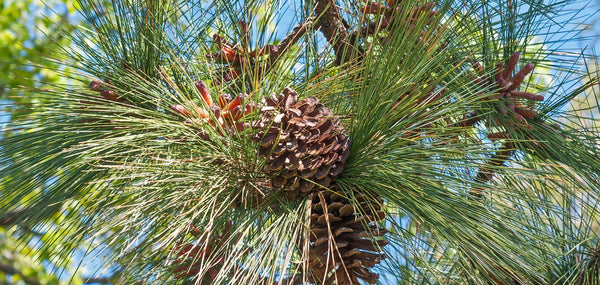
Get news, updates, & event Info delivered right to your inbox:
RESTORING LANDSCAPES WITH LONGLEAF PINE
In many forests across North America, longleaf pine trees are a keystone species because they have masterfully adapted to tolerate wildfires, building the resilience of landscapes. They can withstand severe windstorms, resist pests, and capture carbon from the atmosphere. With long, needle-like leaves (which gained this tree its iconic name) and towering heights, this tree species can be easily spotted in nature.
Over the years, restoration efforts for this special tree have intensified, as many endangered animal species depend on the longleaf pine for their survival. The resilience of longleaf pines makes them an ecologically important species across North America, helping to protect landscapes and improve the environment.
At One Tree Planted, many of our partners across North America are on the ground helping to restore and conserve the longleaf pine, ensuring that this tree species is around for years to come.
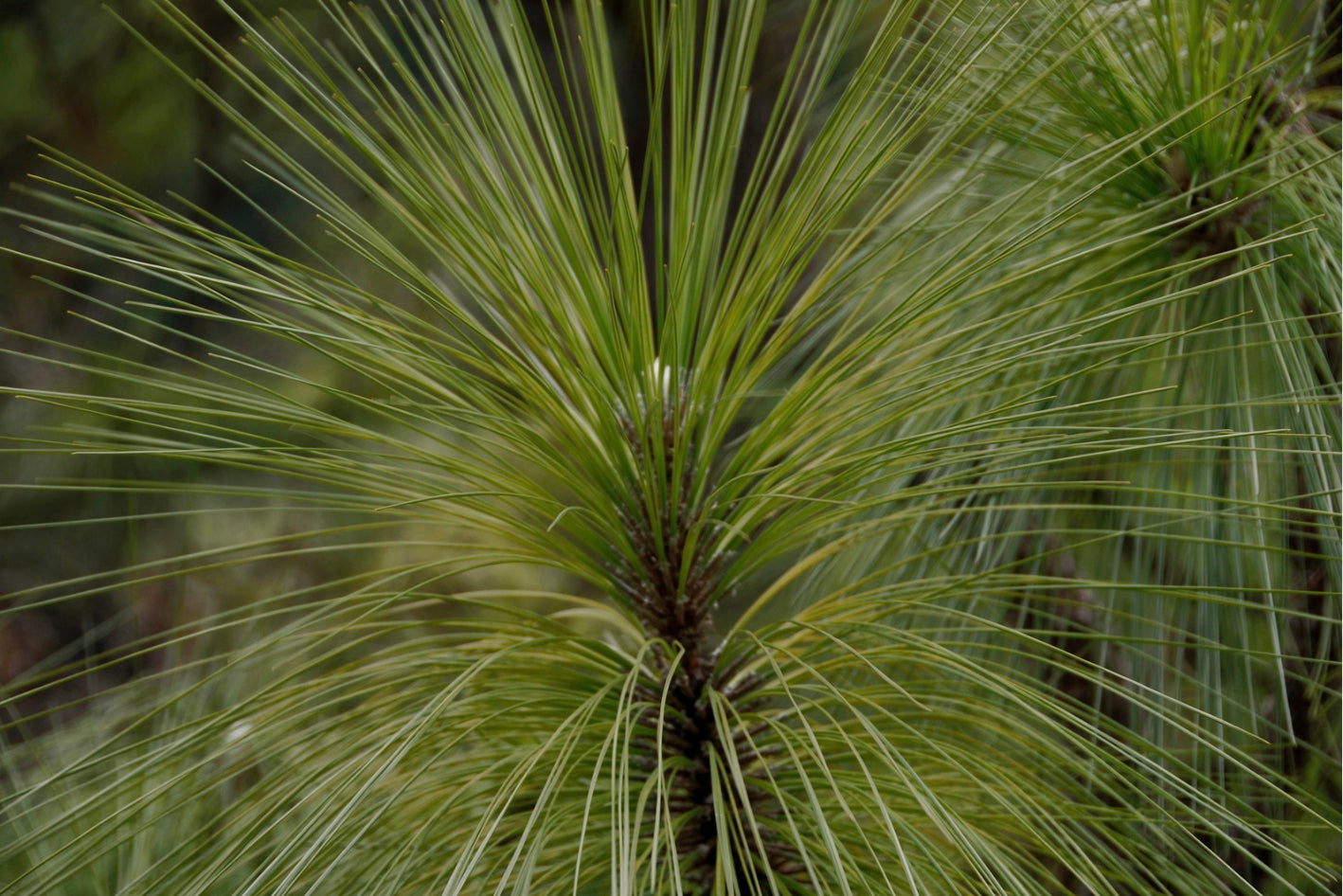
FLORIDA
By focusing restoration efforts around the Eglin Air Force Base, which is part of the largest remaining intact longleaf pine corridor in the Southeast, this project will help conserve and restore an ecologically important community of longleaf pine.
Eglin is home to ten federally listed species who depend on these trees for their survival. The trees that were planted will provide habitat and promote biodiversity. Other important regional species, such as the black bear, white-tailed deer, and wild turkey will be directly impacted by restoration efforts. In addition to ecological benefits, the surrounding communities will also benefit from economic benefits and increased green spaces to enjoy.
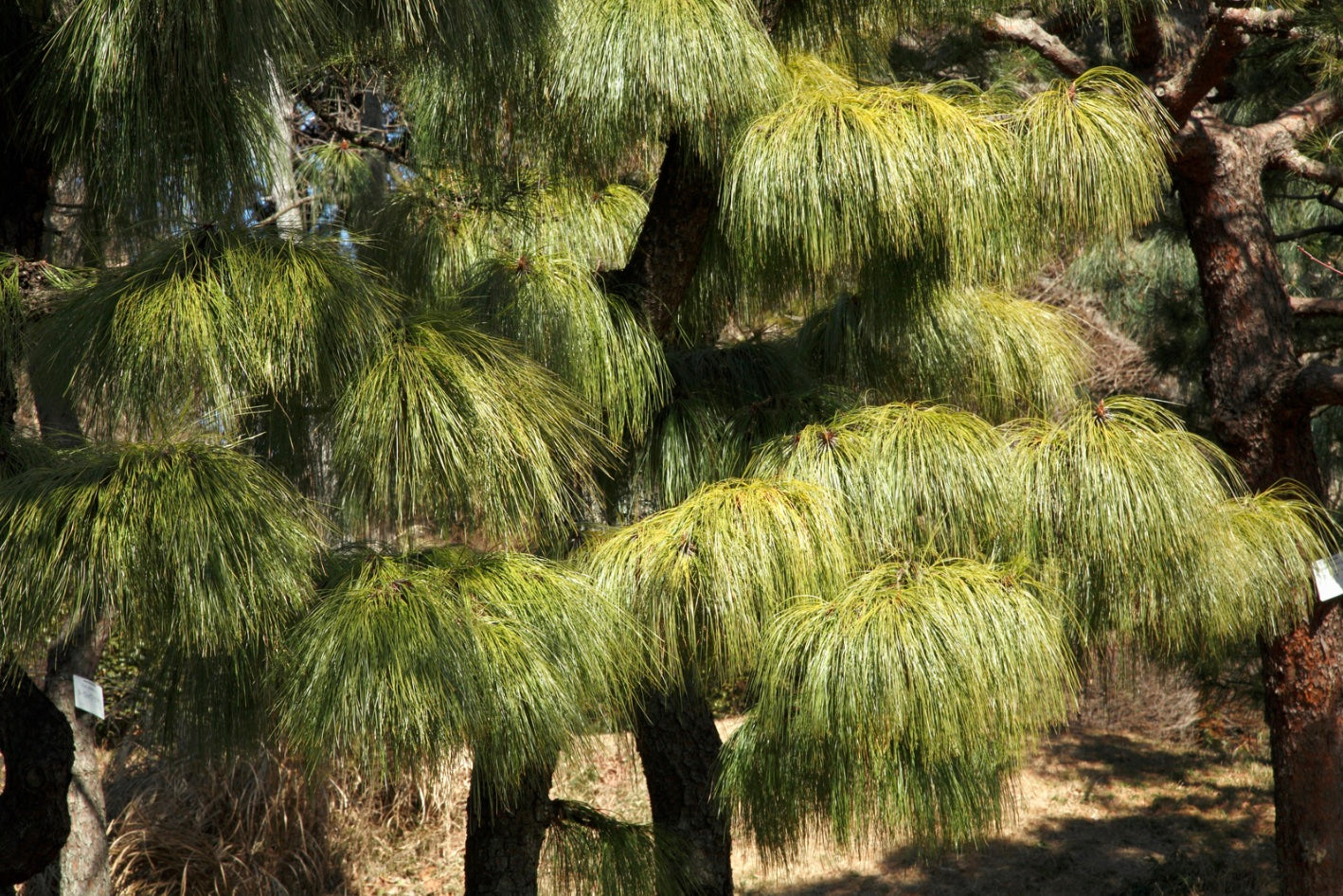
TEXAS
Healthy longleaf habitats are characterized by three key features: large, old-growth trees, natural regeneration, and an understory dominated by a diversity of broadleaf plants and grasses. This prairie-like understory is the product of an open canopy, allowing an abundance of sunlight to reach the forest floor. Healthy, managed longleaf ecosystems provide natural filtration of precipitation and storm water runoff, resulting in cleaner water reaching communities downstream.
In Texas, longleaf pine is significant to culture and legacy. This iconic tree and open understory signifies times past for many East Texans, conjuring memories of the natural abundance that was a characteristic of the area before the dawn of the sawmill and railroad. This planting project focuses on keeping culture and legacy alive through restoration and conservation while also preserving vital landscapes.
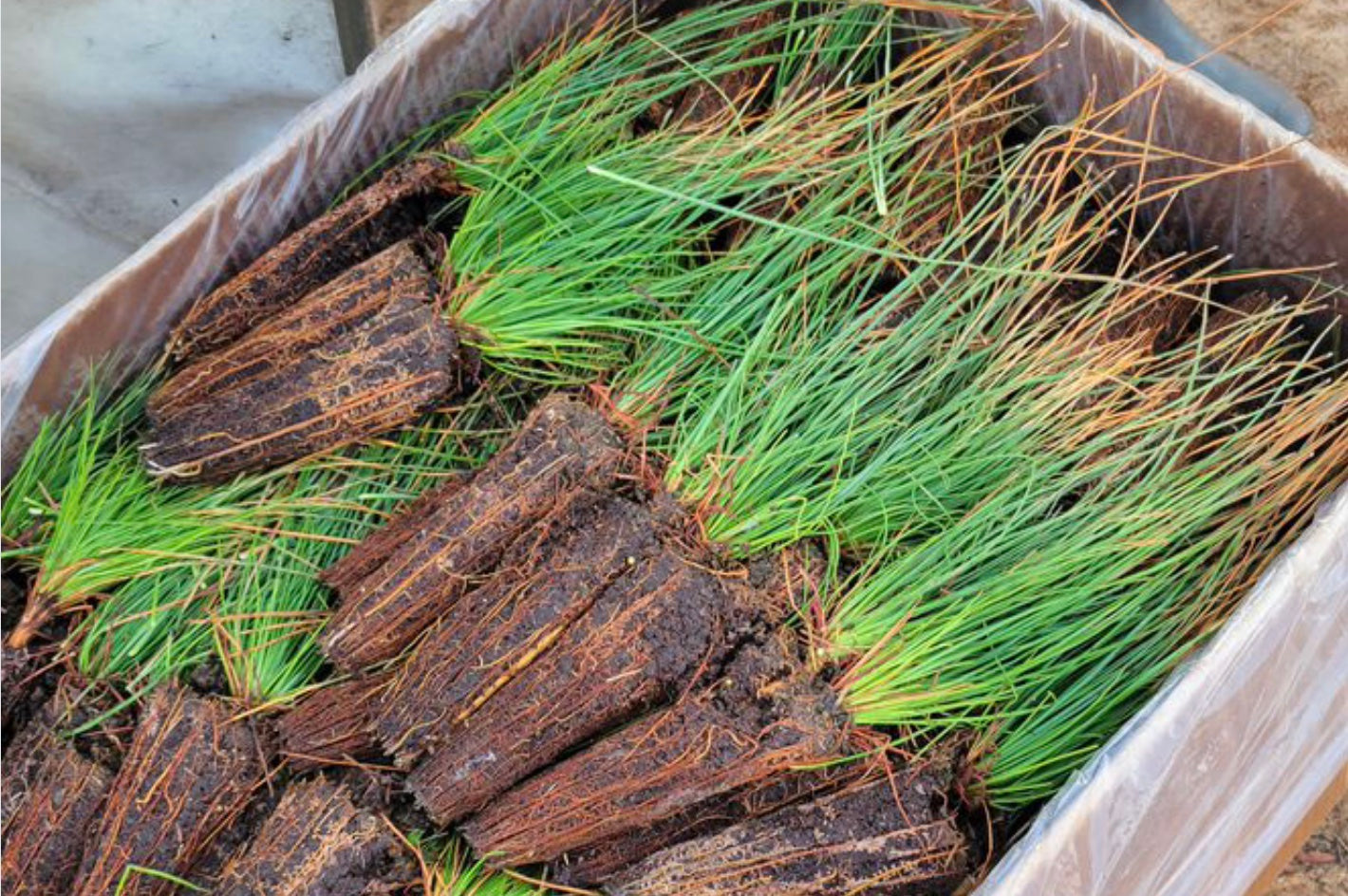
GEORGIA
In Georgia, dense, overstocked pine stands and high fuel loads make forested landscapes more susceptible to wildfires, resulting in decreased forest health and habitat loss. Longleaf restoration in Georgia has a key focus on engaging family forest owners to improve these forested landscapes, creating habitat for at-risk wildlife and promoting biodiversity. Many keystone species, like the threatened gopher tortoise, will benefit from these restoration efforts, improving and promoting habitat with each tree planted.
With a focus of local collaboration, this project will outreach and provide assistance to nearly 300 forest owners in improving management practices of high priority habitat in South Georgia.

MISSISSIPPI
With a community focus, this project will help establish rolling acres of longleaf pine while also educating landowners through outreach programs. It will also reduce the risk of future forest fires by increasing prescribed fire on the landscape. This project will significantly contribute to the country’s goal of longleaf restoration by increasing, maintaining, and enhancing longleaf pine across the state of Mississippi.
Nearly 20 percent of Mississippi residents fall within the poverty range, one of the highest poverty rates in the US. With conservation efforts like this project, outdoor recreation opportunities could markedly improve environmental equity and inclusion principles throughout the state. As years go by, access to green spaces and outdoor recreation areas become increasingly reduced in marginalized communities. Restoration efforts like this project are attempting to bridge that gap, providing green spaces for all communities in need. By supporting longleaf pines, you’re also supporting communities that need trees.

SOUTH CAROLINA
Reforestation efforts in South Carolina continue to enhance conservation initiatives that are working hard to protect endemic ecosystems. This project will impact many acres of privately-owned longleaf ecosystems through establishment and management practices, positively impact many endemic wildlife species like the northern bobwhite and much more!
Because this project is focusing on longleaf restoration within private lands, education and outreach will be provided to address barriers for traditionally underserved landowners, ensuring the impact reaches as many people as possible.
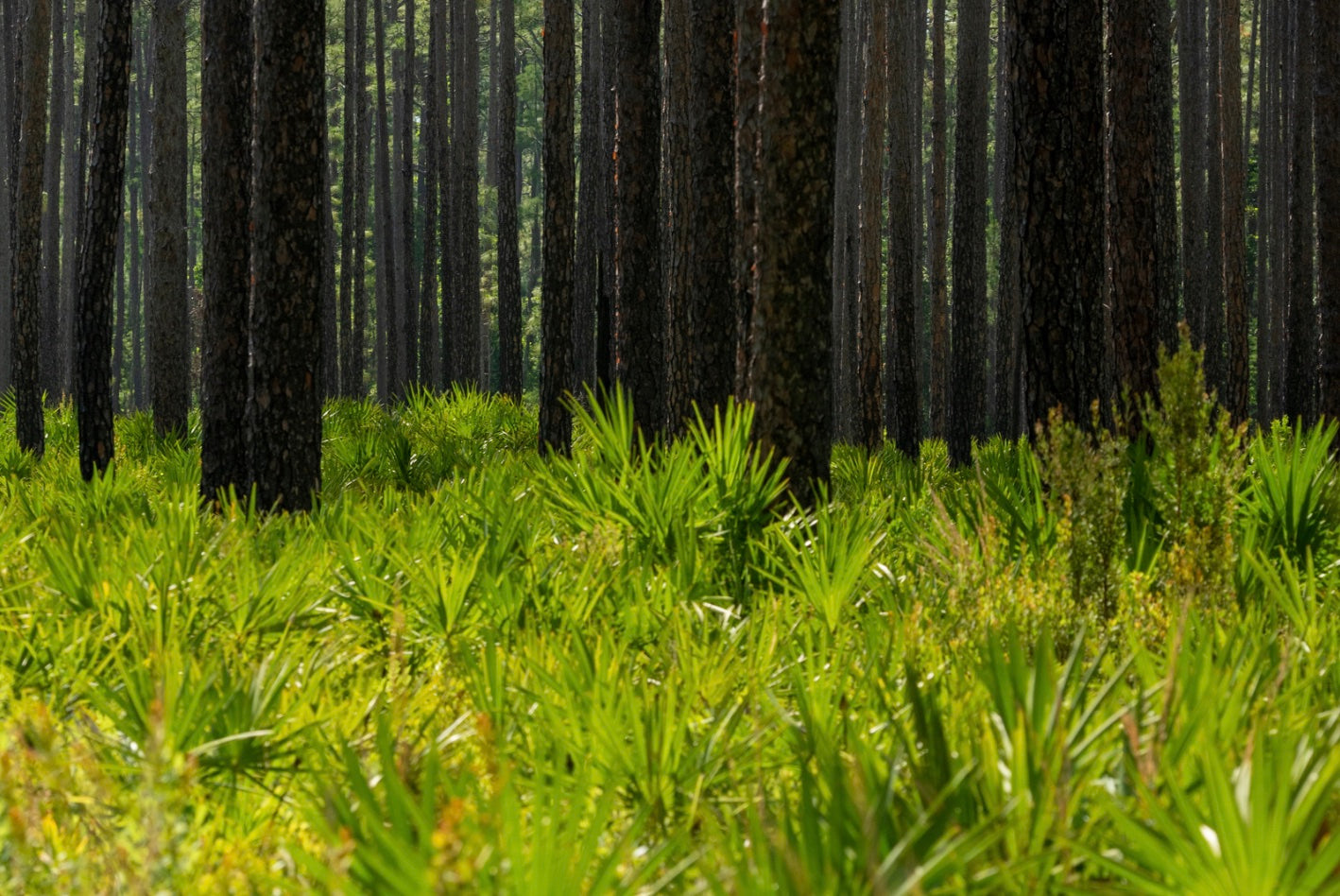
SOUTHEASTERN US
In the Florida Panhandle, located between the Aucilla and Choctawhatchee Rivers, this planting project is working to restore and manage longleaf pine ecosystems. Through the planting of longleaf pine, this project will help implement prescribed fire and invasive species treatments in existing longleaf habitats in the Apalachicola National Forest. This project will also empower local private landowners by providing financial assistance to restore longleaf pine, improving habitat for the eastern indigo snake and Bachman’s sparrow.
To improve workforce diversity, this project is providing paid internships in partnership with Florida A&M University and US Forest Service. Not only will this help the local economy, but it will also help improve the limited diversity in the land management and conservation workforce, training a generation of land managers that look and speak like all of America.
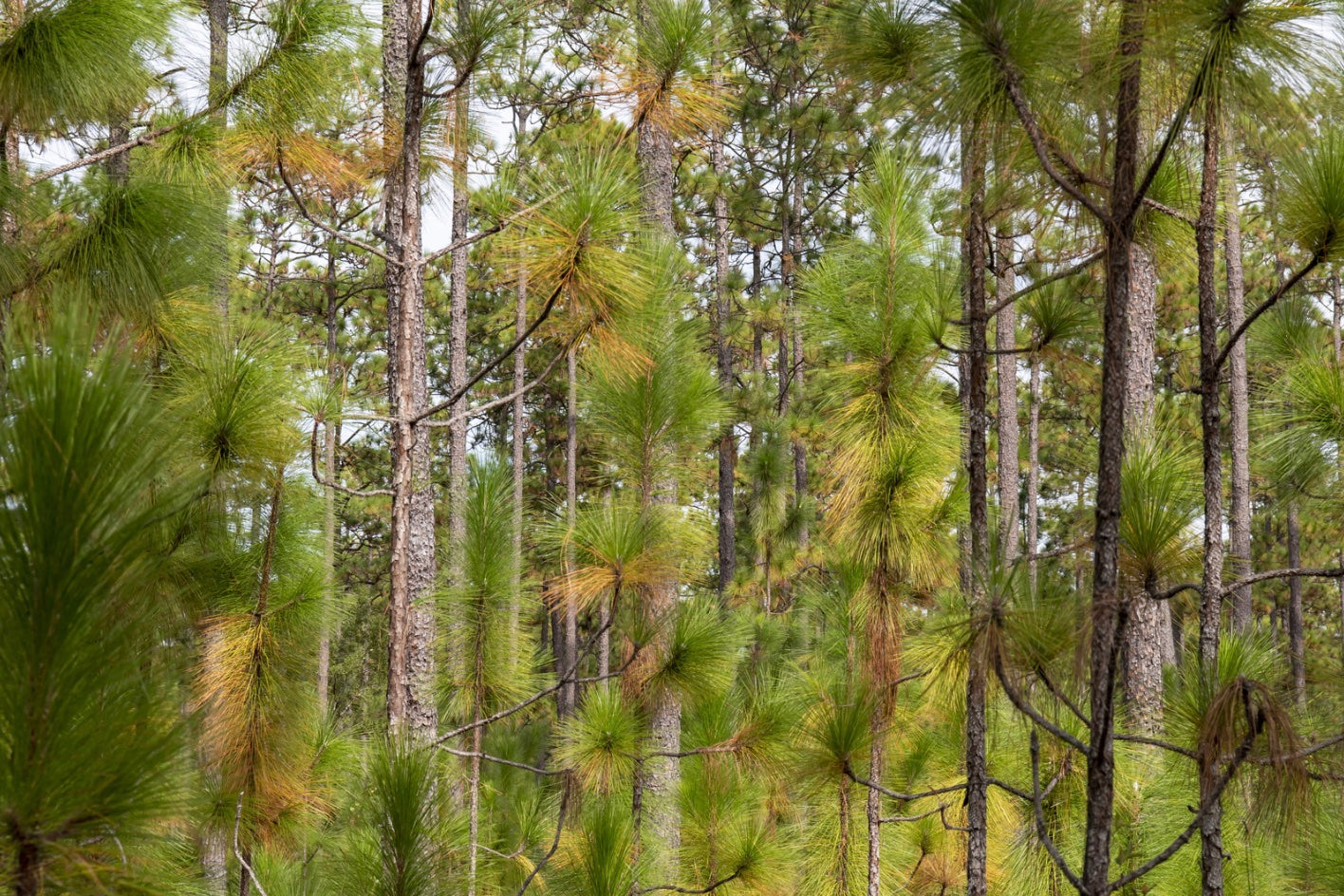
ALABAMA
This project is focusing on engaging family forest owners in south Alabama by providing education and technical assistance to restore longleaf forests, improving habitat for at-risk species. By engaging these forest owners with the proper education and assistance, this project is helping to empower them to make an impact in their local communities and ecosystems. The trees planted will help improve local wildlife habitat by providing landowners with a means to do so.
Often, communities are keen to make a difference for their local environment, but they lack the means or knowledge to do so. This project directly addresses that by educating and empowering people to make a difference.
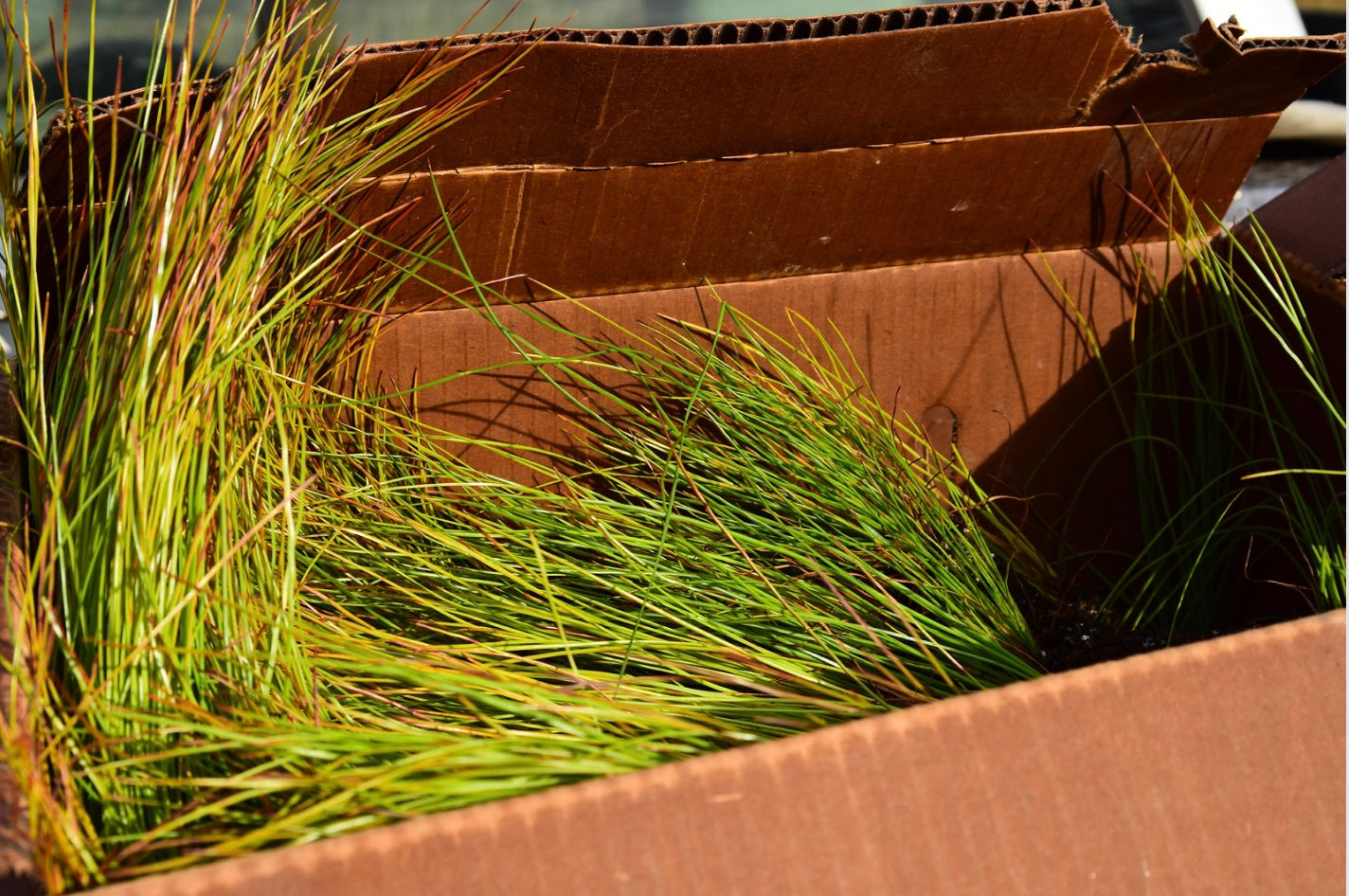
BLACKWATER RIVER IN FLORIDA
Blackwater River State Forest is part of the largest remaining intact longleaf pine corridor in the Southeast. As part of a long, ongoing initiative to restore longleaf pine forests in Blackwater River State Forest, this project focuses on restoring longleaf pine to help establish an effective prescribed fire regime to increase and maintain biodiversity. These trees will also help reduce the risk of catastrophic wildfires by reducing fuel loads.
Longleaf pine ecosystems are home to significant biodiversity, including many pyrogenic plant and animal species, such as wiregrass, gopher tortoise, bobwhite quail, and wild turkey. By planting and restoring longleaf pine, this project ensures that these plant and wildlife species will be around for generations to come.
Across the United States, longleaf pine trees are vital components of many different ecosystems. By supporting longleaf pine restoration, you’re also supporting local communities and environment equity. You can make an impact by planting trees today!
